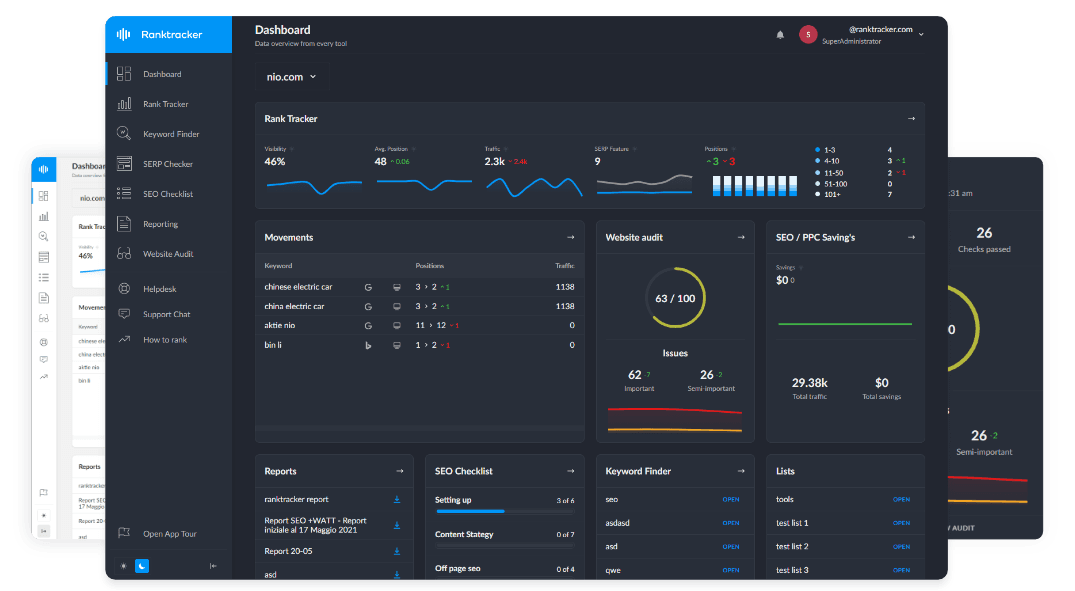Intro
In 2025, the SEO industry is seeing a major shift: programmatic link building is no longer a fringe tactic—it’s becoming the standard for high-volume outreach campaigns. Using automation, AI, and smart data segmentation, agencies and in-house teams are building links at scale without sacrificing quality.
But what exactly is programmatic link building—and how do you do it without triggering spam filters or manual actions?
What Is Programmatic Link Building?
Programmatic link building refers to the use of automated systems and data-driven processes to:
-
Identify backlink opportunities
-
Personalize outreach at scale
-
Automate email sequences and follow-ups
-
Track and adapt campaigns in real time
Unlike traditional manual outreach, which relies on one-to-one human interaction, programmatic systems can generate hundreds or even thousands of link opportunities—faster and more efficiently.
Why It’s Gaining Popularity in 2025
1. Scale Without Sacrificing Strategy
Programmatic link building allows SEO teams to:
-
Target larger keyword sets
-
Reach more domains across multiple niches
-
Run ongoing, evergreen outreach campaigns
-
Measure ROI more efficiently
2. AI Is Now Reliable Enough
AI writing and outreach tools have matured. In 2025, they can:
-
Draft solid first-pass email pitches
-
Suggest content angles
-
Adapt tone based on recipient behavior
-
Score and rank prospects automatically
This speeds up outreach while maintaining decent personalization—especially when reviewed by a human.
3. Better Data, Smarter Targeting
Modern tools like Ranktracker’s Backlink Checker and SERP Checker allow SEOs to build targeted prospect lists by:
-
Niche
-
DR
-
Organic traffic
-
Ranking content type
-
Link patterns of competitors
Programmatic systems use this data to drive smarter link placement decisions.
Where Programmatic Link Building Works Best
-
Affiliate SEO: High competition, fast content cycles
-
SaaS: Multiple feature pages needing links
-
Agencies: Managing link campaigns across many clients
-
E-commerce: Product category pages with consistent structure
-
News & content publishers: Building links to fresh stories and evergreen guides
The Risks of Poor Implementation
Done carelessly, programmatic outreach can become spammy. Common mistakes include:
-
No human review of AI-generated emails
-
Sending hundreds of cold messages to irrelevant sites
-
Inserting links into thin or expired content
-
Over-optimized anchor text in templated formats
These tactics can lead to low response rates, link removals, or Google penalties.
How to Build a Safe Programmatic Link Strategy
-
Segment Your Data Intelligently Use keyword clusters, topic themes, and competitive gaps to divide your outreach targets into manageable, relevant segments.
-
Automate the First Pass, Then Humanize Let AI handle:
-
Prospecting
-
Template drafts
-
Initial follow-ups
Then add human review for tone, accuracy, and value.
- Use Smart Anchors and Real Pages Avoid exact-match anchors. Focus on:
-
Brand names
-
Long-tail variations
-
Links to informative content (not just sales pages)
- Monitor Everything Use Ranktracker to track:
-
Link status (live, removed, nofollowed)
-
Keyword impact
-
Anchor diversity
-
Domain authority shifts
- Blend Manual with Programmatic Don’t eliminate personal outreach. Use it for:
-
High-value targets
-
PR-style pitches
-
Thought leadership placements
How Ranktracker Supports Programmatic Link Building
Ranktracker enables safe, scalable link building by offering:
-
Backlink Checker: Vet domains for traffic, trust, and relevance
-
Backlink Monitor: Track link health, anchor usage, and placement type
-
Keyword Rank Tracker: Measure how links impact your actual rankings
-
AI Article Writer: Generate draft guest posts or supporting content
-
SERP Checker: Discover keyword-based placement opportunities
With these tools, you can build a smart, automated system that’s efficient, effective, and future-proof.
Final Thoughts
Programmatic link building isn’t about cutting corners—it’s about using automation to unlock scale, speed, and consistency. In 2025, the best SEO teams are combining data, AI, and strategic oversight to execute smarter campaigns.
Use programmatic systems to do the heavy lifting—but guide them with expert input, careful monitoring, and the right tools like Ranktracker. That’s how you stay competitive, compliant, and ahead of the curve.

